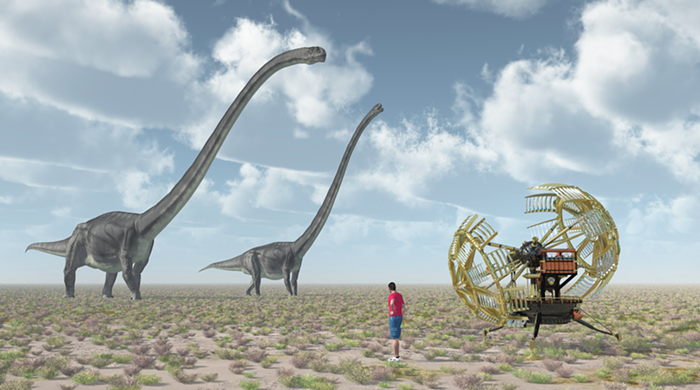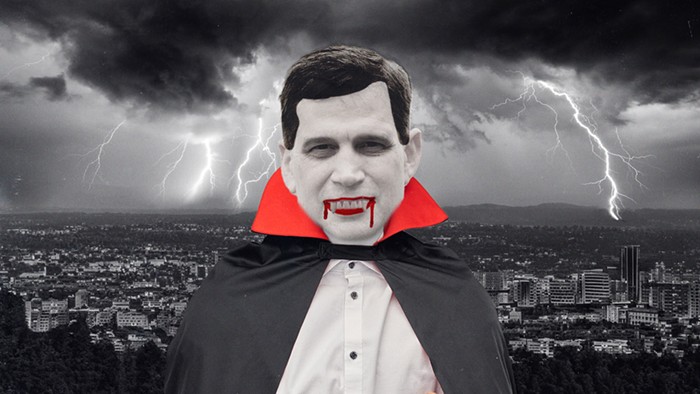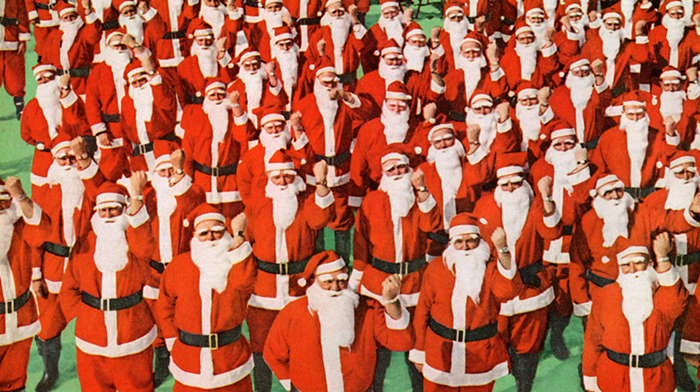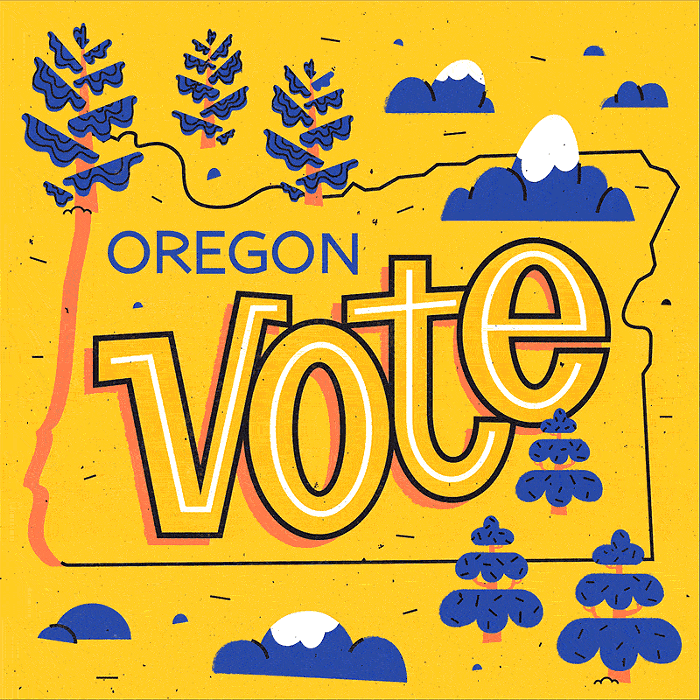The Design Issue
Design Week Is Back. Here's Your Game Plan.
How to Design Week
An Illustrated Introduction to Design Week Portland
Portland(s) of Tomorrow in Futurelandia
What Will the City Look Like in 50, 100, 200 Years?
Equity and Aesthetics Should Mix
Historian Reiko Hillyer Talks Density, Affordable Housing, and Equal Access to Public Space
Kevin Cavenaugh's Art of Risk
The Guerrilla Development Owner on Bringing Thoughtfulness, Creativity, and Risk into Portland Development
Design Week Portland: A User's Guide
Our Picks for Every Day of the Festival
Feeling the Overview Effect
Composer Tylor Neist Replicates an Astronaut's Return to Earth
The Central Eastside's Vanishing Borders
Diving into the Future of One of Portland's Most Rapidly Changing Areas
AKQA + New Avenues for Youth = A Very Different Pigeon
At-Risk Youth Partner with Digital Design Firm to Create New Fashion Brand
Crystal Beasley's Data-Driven Antidote to Fast Fashion
Her Portland-Based Company Is Finally Making a Goddamn Pair of Pants That Fits
Local Champion Cartoonists on Best Practices in Beer Bottle Design
Plus, How to Design a Brewery!
A Master Class in Wedding Calligraphy and Hand-Lettered Logos
Precious Bugarin and Bryn Chernoff Will Help You Make Your Own Font!
Essential Real Talk for Creative Freelancers
The Overshare: PDX Podcast Covers the Design Life—No Unicorns or Butterflies Allowed
Chelsea Peil's Ways of Looking at a Leaf
The Design Consultant on Visualizing the Shift Toward a Waste-Free Economy
THE WILLAMETTE RIVER is an obvious dividing line for Portland. It is, after all, a rather sizable chunk of water winding through the middle of town, and before 1891, Portland's Eastside was a collection of separate towns. Until the 1970s, downtown was shielded from the Eastside by a four-lane highway, and before the Esplanade was constructed, pedestrian activity on the river was limited to Waterfront Park. Now, the whole thing is a loop for joggers and bicyclists. The Willamette is still a boundary separating downtown from the Eastside, but it's a less defined one.
"I think it's a very valuable area in terms of its accessibility," says Carol Mayer-Reed, principal of architecture and urban design at Mayer/Reed, when summing up the Central Eastside's relationship to downtown.
"Accessibility" is a new term for an area that's traditionally been visibly separate from the city's main business district, but bridges, MAX, streetcars, and hunger for close-in real estate have made the Central Eastside more and more a part of the urban core. Mayer-Reed joins a panel of experts who will tackle that transformation in a Design Week discussion, Central Eastside: Beyond Taking Sides, which dives into the future of a rapidly changing sector.
"I think a lot of the changes have to do with the nature of the work that we do," says Mayer-Reed, citing the Portland's transition from industrial to service-based jobs. "The nature of the job market has changed, so that means the Eastside Industrial District is more valuable for certain kinds of jobs than it traditionally has been."
Mayer-Reed does mention, though, the one large deterrent to the flow of pedestrians, bikes, and commerce across the Willamette: the freeway. She describes "the potential of the interstate freeway to be some other kind of facility besides what it already is," as one of the key design problems for the area. "What I'm looking for is more connectivity," she says. As it stands, I-5 is one of the few remaining barricades between the Eastside and downtown.
The main hurdle, though, has already been overcome; the Willamette is no longer the definitive border it used to be. "The river's not the psychological barrier that it once was," says Mayer-Reed. "Distances aren't seemingly as far as they once were."
Central Eastside: Beyond Taking Sides
Bora Architects, 720 SW Washington, Ste. 800, Tues April 19, 6 pm, free












